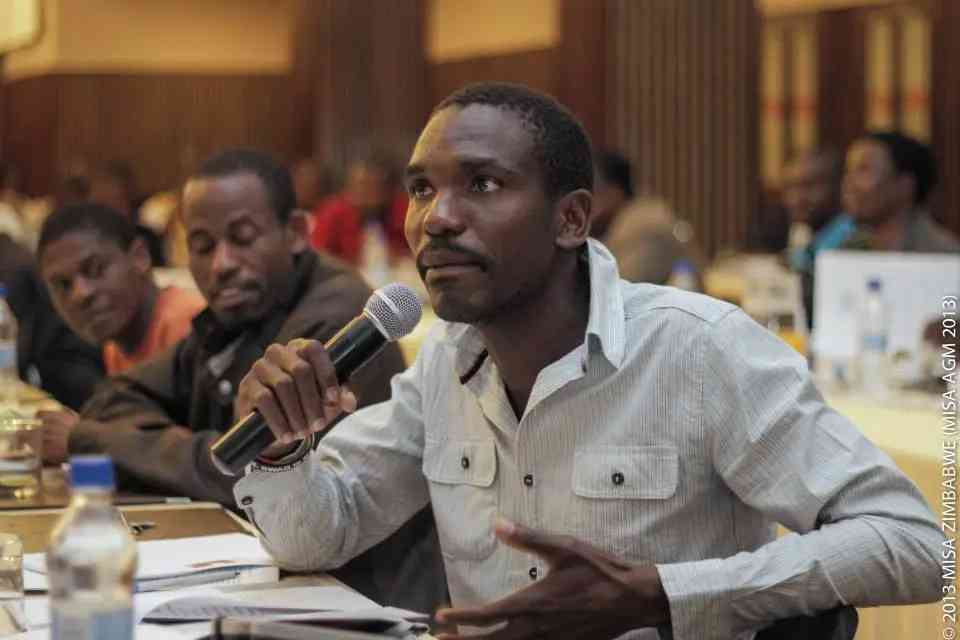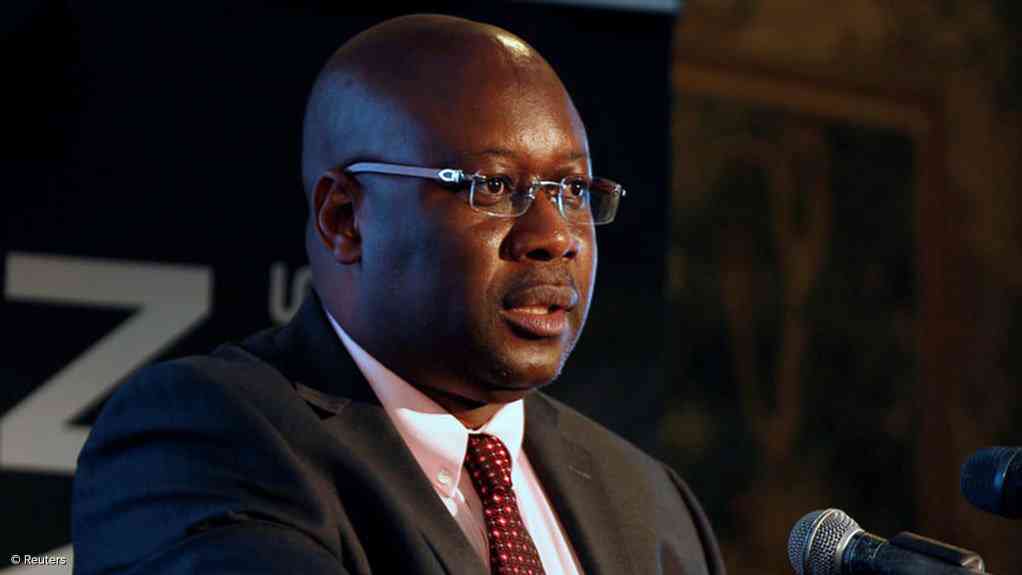
Zimbabwe’s central bank said this week it was tapping the accelerator harder, as it pushes to build foreign currency reserves lasting three months and beyond, ahead of a currency shift in five years.
In an exclusive interview with the Zimbabwe Independent, Reserve Bank of Zimbabwe (RBZ) governor John Mushayavanhu said at US$731 million, the country was still shy of one month’s import cover — and well below the Southern African Development Community (Sadc)’s recommended six-month buffer.
But the central bank chief argued Zimbabwe, operating under a multi-currency regime, has enough buffers in the vaults and in the foreign currency accounts (FCAs) of individual holders, who also make strategic imports. In a way, the central bank chief hinted Harare can meet its import requirements at any given time. But before a planned end to the multi-currency regime in 2030, it means the Reserve Bank must start the crucial build up to position Zimbabwe on a solid footing.
After nearly two decades of currency turmoil — sparked by the 2008 hyperinflation episode that wiped out the Zimbabwe dollar — the government is once again gearing up for a major monetary transition. But this time, authorities say they are building the foundations more deliberately.
From just US$270 million in April 2024, total official gold and foreign currency reserves have risen to US$731 million as at the end of June, according to Mushayavanhu. This represents nearly one month of import cover — up from just 0,4 months a year earlier.
“The international benchmark for import cover is three months of import cover, and the Sadc benchmark is six months of import cover,” Mushayavanhu told the Independent.
“These benchmarks, however, pertain to countries in a mono-currency. (For) countries in multiple currency systems, however, economic agents already have foreign currency reserves in their foreign currency accounts, which are treated as free funds. These funds are also available to support imports, in addition to their use as own reserves for precautionary and savings purposes.
- Lupane man survives axe attack
- Women’s hockey team in impressive start
- Scrap IMTT to save industry, govt urged
- AfDB cuts Zim’s growth projections to 3.5%
Keep Reading
“In this regard, while there is no benchmark import cover for countries in a multicurrency system, it is expected that these countries would normally have lower official reserves at the central bank.”
About 95% of import payments in Zimbabwe’s foreign exchange market are funded from individuals’ and corporates’ FCAs, “with the Reserve Bank only supporting a smaller proportion to bridge the intermittent supply-demand shortfalls in the market.”
Still, the RBZ is planning to boost official reserves to meet global norms before the currency switch.
“As the country moves towards mono-currency by 2030, the central bank is building adequate foreign reserves in order to align with the recommended international benchmarks on import cover,” Mushayavanhu told the Independent.
On paper, the central bank chief’s strategy sounds robust — using gold-backed digital tokens (GBDTs) as a store of value. But it is in application, like everywhere in Zimbabwe, where teething problems often hold back policies, leading to uncertainty.
Mushayavanhu has issued 942 789 486 GBDTs — representing about 942,8 kilogrammes of gold. As of July 15, 2025, only 196 580 830 tokens remained outstanding, equivalent to 196,6 kilogrammes, or about US$21,2 million, following redemptions of 746,2 kilogrammes.
On the physical currency side, Mushayavanhu said: “ZiG notes in circulation (issued) are ZiG338 429 074 (about US$12,5 million equivalent). As we have indicated in previous communications, we have just over US$700 million in gold and foreign currency reserves, which represent a cover of over 20 times on the currency and outstanding GBDTs.”
“Notwithstanding, the Reserve Bank has in place a reserves accumulation strategy to build foreign currency and gold reserves to a minimum of three to six months import cover by 2029.”
Foreign exchange payments processed through the formal interbank market consist of three channels — transactions via FCAs, willing-buyer willing-seller trades, and Reserve Bank interventions.
During the first half of 2025, US$4,56 billion in import payments were handled through FCAs, while market-based trades amounted to just over US$480 million, the central bank chief said. RBZ interventions added another US$450 million to the mix.
“A significant proportion of the foreign currency transacted through the country’s foreign exchange market has benefited key productive sectors including manufacturing, mining and agriculture, while also benefiting education and service industries,” Mushayavanhu said.
He also commented on money supply management, stating that the RBZ had kept a tight leash on monetary expansion to avoid destabilising the economy.
“The Reserve Bank ensures prudent money supply management to reduce pressure on inflation and the exchange rate. As such, the bank has been controlling the growth of both reserve money and broad money, to ensure that money supply in the economy remains just sufficient to support productive economic activity.”
“In this regard, broad money (M3) stood at ZiG93,17 billion in May 2025.”
“The Reserve Bank has continued to pursue a prudent monetary policy stance, and this has resulted in the decline in month-on-month broad money growth and has brought stability to inflation and the exchange rate.”
Diaspora remittances have also become a critical support pillar for the economy. According to official figures shared by the governor, remittance inflows rose from US$619 million in 2018 to a record US$2,15 billion in 2024
“To promote formal channelling of remittances, the RBZ has established a dedicated diaspora desk within its Capital Flows Administration, Accounting, and Management Division. The diaspora desk actively provides information on investment opportunities available in Zimbabwe across different sectors.”
“The desk also engages with the diaspora community to understand their needs, concerns, and investment preferences, fostering a more enabling environment for their participation in the economy, including acknowledging their contribution and protecting their interests.”
“The Reserve Bank has also designated diaspora remittances as free funds, thus allowing recipients to receive their funds in foreign currency and utilise them as they desire.”
“The RBZ’s Financial Surveillance Division regulates money transfer agents and ensures that these institutions adhere to robust anti-money laundering and countering the financing of terrorism regulations. This safeguards the integrity of financial transactions and helps prevent illicit financial flows, building trust in the formal system.”
With five years left to the 2030 target, the governor’s message is clear: the RBZ is laying the groundwork for a return to currency sovereignty — this time, with the reserves to back it up.











